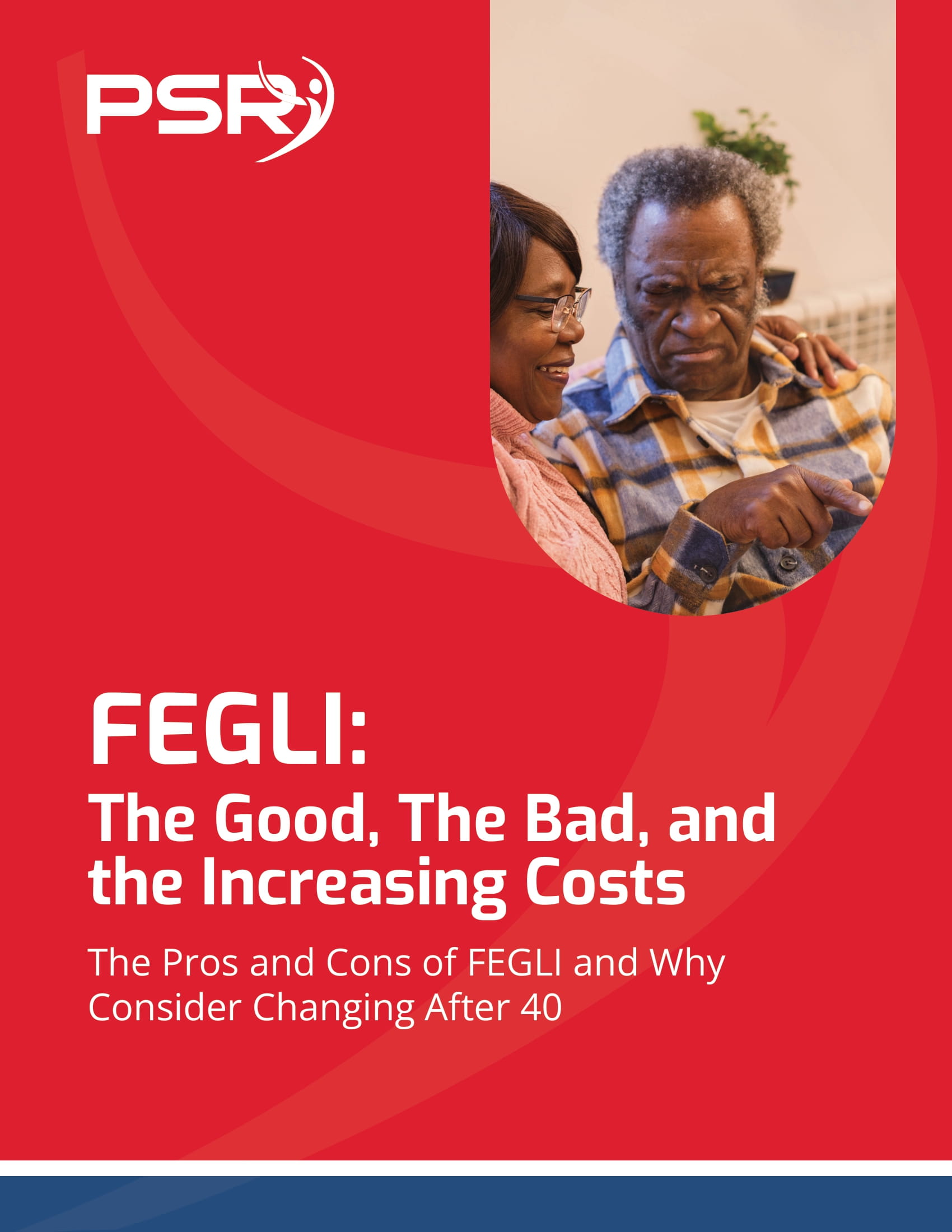LEOs and Firefighters Retirement Benefits: Understanding Special Retirement Plans for Federal Law Enforcement and Firefighters
Federal law enforcement officers (LEOs) and firefighters are eligible for special retirement benefits that offer early retirement options, enhanced pensions, and additional service credits. These benefits recognize these professions’ physically demanding and often dangerous nature, allowing federal LEOs and firefighters to retire earlier than other federal employees while receiving a generous pension.
This guide explores the retirement benefits available to federal LEOs and firefighters, including eligibility requirements, pension calculations, and how their retirement plans compare to civilian federal employees.
Special Retirement Benefits for Federal LEOs and Firefighters
Federal LEOs (Law Enforcement Officers) and firefighters are covered under special retirement provisions within the Federal Employees Retirement System (FERS) and the older Civil Service Retirement System (CSRS). These provisions allow them to retire at a younger age with enhanced pension benefits, acknowledging their work’s physical and mental demands.
Key Features of Special Retirement Benefits:
- Early Retirement: Federal LEOs and firefighters can retire at age 50 with 20 years of service or at any age after 25 years of service.
- Higher Pension Multiplier: These professions receive a higher pension multiplier than other federal employees, resulting in a larger pension.
- Mandatory Retirement Age: LEOs and firefighters are subject to a mandatory retirement age—typically age 57 for LEOs—unless they have not yet reached 20 years of service.
The special retirement for LEOs and firefighters ensures that these individuals can transition into retirement earlier with a secure financial future.
Federal LEOs Retirement Benefits
Federal LEOs—including those in agencies such as the FBI, DEA, and Secret Service—are covered under a special retirement system that offers enhanced benefits compared to other federal employees.
Critical Elements of LEOs Retirement:
- Retirement Age and Eligibility: Federal LEOs can retire as early as age 50 with at least 20 years of law enforcement service. They are also subject to a mandatory retirement age of 57, although they can continue working if they have not yet reached 20 years of service.
- Pension Calculation: LEOs’ pensions are calculated using a higher multiplier than regular federal employees. For the first 20 years of service, their pension is calculated at 1.7% of the High-3 average salary per year of service. After 20 years, the multiplier drops to 1%.
- Service Credit: LEOs can earn additional service credit for unused sick leave, which can be applied toward their retirement calculation, increasing the pension amount.
Understanding the federal LEOs’ retirement age and eligibility helps law enforcement officers plan their retirement timeline effectively.
Firefighters Retirement Benefits
Federal firefighters are also eligible for special retirement benefits similar to LEOs, allowing them to retire earlier and receive enhanced pension benefits due to the demanding nature of their work.
Key Elements of Firefighters Retirement:
- Retirement Age and Eligibility: Federal firefighters can retire at age 50 with at least 20 years of service or at any age with 25 years of service. Like LEOs, firefighters are subject to a mandatory retirement age.
- Pension Calculation: Firefighters’ pensions are calculated at 1.7% of their High-3 average salary for the first 20 years of service. For any additional years beyond 20, the pension is calculated at 1% per year of service.
- Retirement Contributions: Federal firefighters contribute a higher percentage of their salary toward their retirement than other federal employees, typically around 7.5%, to account for their enhanced pension benefits.
The firefighter’s retirement contribution and special retirement formula ensure that federal firefighters are well-compensated for their years of service.
LEOs vs. Firefighters Retirement Comparison
While both LEOs and firefighters benefit from special retirement provisions under FERS and CSRS, some differences in their retirement plans are worth noting.
Key Differences in LEOs vs. Firefighters Retirement:
- Mandatory Retirement Age: LEOs have a mandatory retirement age of 57, while federal firefighters typically have a mandatory retirement age of 57 or slightly younger, depending on their agency.
- Early Retirement Options: Both LEOs and firefighters can retire at age 50 with 20 years of service, but LEOs are more likely to reach the mandatory retirement age before firefighters.
- Pension Calculation: The pension formula for both LEOs and firefighters is the same—1.7% for the first 20 years, then 1% after that—. Still, how their service credits and other benefits are calculated may vary slightly between agencies.
Understanding the differences between LEOs and firefighters’ retirement helps federal employees in both professions plan for their unique retirement needs.
Federal LEOs and Firefighters Pension Calculation
Both federal LEOs and firefighters benefit from an enhanced pension formula that rewards them for their years of service with a more generous retirement package. The pension calculation is based on their High-3 average salary and years of creditable service.
How LEOs and Firefighters Pensions Are Calculated:
- High-3 Average Salary: The pension is based on the High-3 average salary, the average of the highest three consecutive years of pay.
- Multiplier: For the first 20 years of service, LEOs and firefighters earn a pension at 1.7% of their High-3 salary per year of service. For any additional years beyond 20, they earn 1% of their High-3 salary per year of service.
- Example: A firefighter with 25 years of service and a High-3 salary of $80,000 would receive a pension calculated as follows:
- 1.7% x 20 years = 34% of $80,000 for the first 20 years.
- 1% x 5 years = 5% of $80,000 for the additional five years.
- Total pension = 39% of $80,000, or $31,200 annually.
The pension calculation for LEOs and firefighters offers a more generous pension than that for other federal employees due to the higher multiplier and earlier retirement eligibility.
Early Retirement Options for LEOs and Firefighters
One of the key benefits of being a federal LEO or firefighter is the ability to retire early, well before the standard retirement age for most federal employees. This early retirement option provides flexibility for those in high-risk professions to transition out of the workforce earlier while still receiving a substantial pension.
Early Retirement for LEOs:
- Age 50 with 20 Years of Service: LEOs can retire as early as age 50 if they have at least 20 years of law enforcement service.
- Any Age with 25 Years of Service: LEOs who reach 25 years of service can retire at any age, providing additional flexibility for those who start their careers young.
Early Retirement for Firefighters:
- Same Early Retirement Provisions: Like LEOs, federal firefighters can retire at age 50 with 20 years of service or at any age after 25 years of service.
The LEOs early retirement options and similar provisions for firefighters ensure that these employees can retire earlier than other federal employees while still receiving significant retirement benefits.
Healthcare Benefits for Retired LEOs and Firefighters
Upon retirement, LEOs and firefighters are eligible for healthcare benefits under the Federal Employees Health Benefits (FEHB) program, ensuring continued access to medical coverage during retirement.
Key Points About Healthcare for Retirees:
- FEHB Coverage: Retired LEOs and firefighters can continue their FEHB coverage, which provides comprehensive medical, dental, and vision benefits.
- TRICARE: LEOs and firefighters who are military veterans may also qualify for TRICARE, depending on their service status.
- Medicare: Once retirees reach age 65, they are eligible for Medicare, and FEHB can act as secondary coverage to Medicare.
The firefighter retirement health benefits and similar benefits for LEOs ensure that these federal employees continue to have access to quality healthcare after they retire.
Maximizing Retirement Benefits for LEOs and Firefighters
Federal LEOs and firefighters benefit from special retirement plans that allow them to retire earlier, receive higher pensions, and access important healthcare benefits. Understanding the specific provisions of the federal retirement system for LEOs and firefighters helps ensure that these dedicated professionals can plan for a secure and comfortable retirement.
If you are still determining your eligibility or need help calculating your pension, it is recommended to consult a federal retirement advisor who specializes in LEOs and firefighters’ retirement plans. Advisors can guide you through applying for benefits and maximizing your pension and healthcare options.
Search for Public Sector Retirement Expert.
Receive the Best advice.
PSR Experts can help you determine if Public Sector Retirement is right for you or if you should look for alternatives.
The Best Advice creates
the best results.
Search for Public Sector Retirement Expert.
Receive the Best advice.
PSR Experts can help you determine if Public Sector Retirement is right for you or if you should look for alternatives.
The Best Advice creates
the best results.
Recent Articles

Federal Retirement Advice You Didn’t Know You Needed—Until Now
Key Takeaways: Retirement planning doesn’t stop the day you

The Latest Federal Employee News You Need to Know to Protect Your Retirement
Key Takeaways: Keeping up with federal employee benefit changes

Ready for Retirement? Here’s How Law Enforcement Officers Can Leave the Job with Benefits Intact
Key Takeaways Early retirement options are available to law

FAA, Law Enforcement, and Special Federal Employee Categories—Here’s What Makes Their Retirement Unique
Key Takeaways: Certain public-sector roles, like those in the






